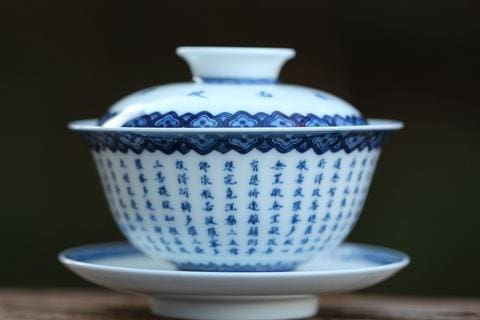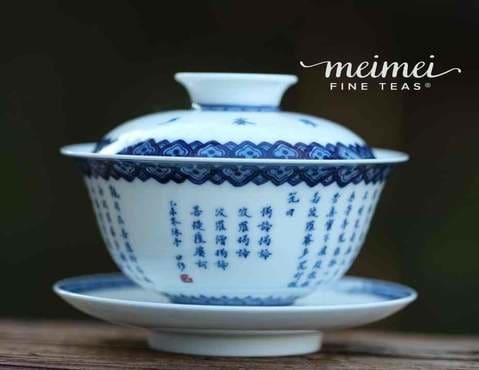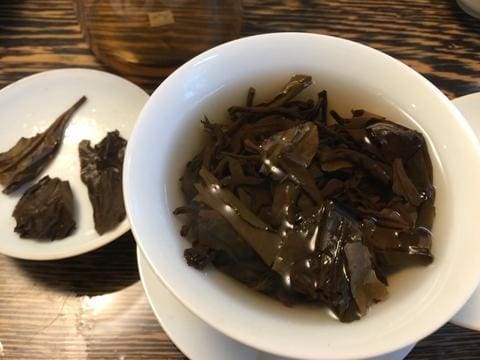
Essential Teaware Explained: Your Guide to Gaiwan and How to Use It, Part 2

Last week, we started to discuss the gaiwan, taking a brief look at its history and in what ways it differs from a teapot. Usually consisting of a small bowl with a lid and a saucer, this teaware item is unmistakable in its appearance. It is clearly the most elegant teaware piece anyone can feature in their collection, and the act of using one invites any serious tea drinker into a more contemplative and thoughtful practice.
So what goes into a good gaiwan? How do you know what features it should have?
If you are new to this form of teaware, you should make sure that your gaiwan comes with a saucer. The saucer not only complements the overall aesthetic of the gaiwan, enhancing its elegance, but it also serves the functional purpose of catching drips and protecting your hands from the heat. It is a common practice to transport the gaiwan with the aid of the saucer. Some people even pour the tea by carefully holding the gaiwan between the saucer and the lid, using the thumb to securely hold the lid in place while the other four fingers gently grasp the saucer, as if you were holding and handing over a bar of gold.

If your gaiwan does not have a saucer, make sure that it at least features a pronounced foot—the small, circular piece of porcelain on the underside of the bowl that elevates it from the surface. Not only does it help the gaiwan more visually appealing, but it affords some protection from the heat for your hand in the absence of a saucer.
As for the bowl itself, you should make sure that it flares out near the top towards the lip. It takes a master’s touch, but really nice gaiwans will even get a little thinner in this area. Like the saucer or the foot, this flare serves just as much of an aesthetic purpose as it does a practical one.
By radiating out away from the bowl, the flare allows a tea drinker to very carefully and gently place fingers around the lip without burning them. Gaiwans that lack this feature are known as “finger scorchers,” and for good reason. What is more, this flare has a bonus feature as well; it makes it easier to pour the tea or even drink from the gaiwan, minimizing the mess from any spills.

Arguably the most overlooked feature of the gaiwan, however, is the lid. A good lid should be slightly concave, fitting over the bowl in such a way that it creates a slight dome. As if this form had been perfected over the course of hundreds of years, this is another feature that is both functional and aesthetic-enhancing.
Like the flare, the concave lid accomplishes two things. First, it creates a small space that traps the fragrance from the tea as it is brewing in the water. This produces an effect similar to a wine glass, enhancing the aromatics by concentrating more of them in this space. Because our sense of taste is so intimately tied up with our sense of smell, this really does make your tea taste better. Second, though, the slight dome acts as another barrier between your fingers and the hot water in the bowl, making it more comfortable to manipulate and pour your gaiwan without burning yourself.

In short, then, you should be looking for three things in your gaiwan:
- A Saucer or a Pronounced Foot
- A Flare at the top of the Bowl
- A Concave Lid
Knowing what goes into a good gaiwan will make it easier to use one, ensuring that you have a positive experience with them for years to come. Next, in our third and final entry, we’ll walk through how to use it and under what conditions a job might be better suited for the teapot.
